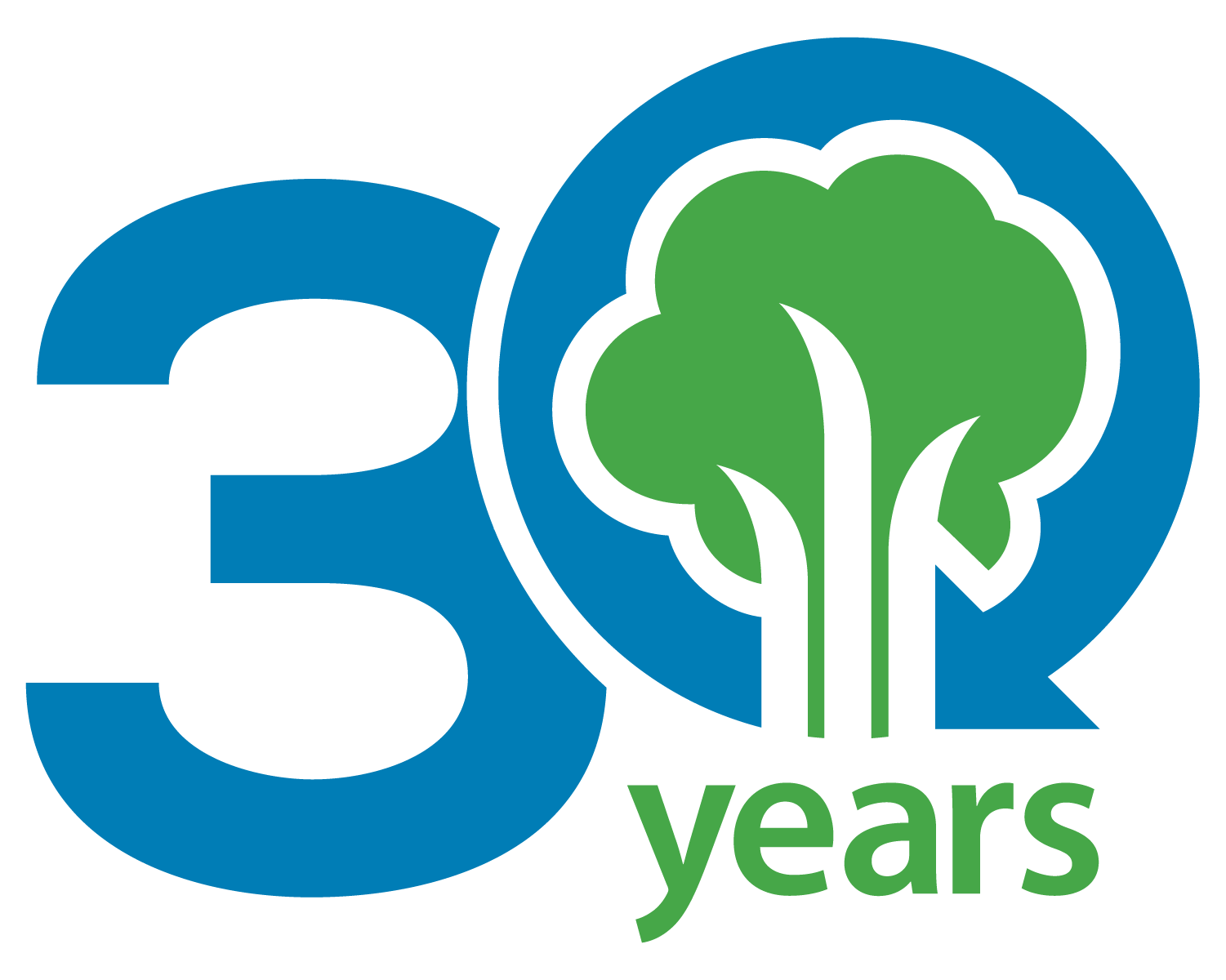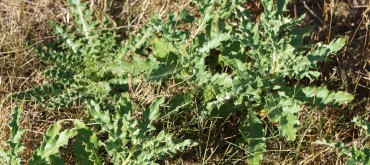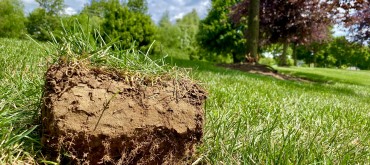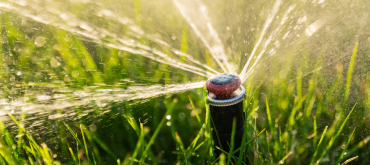Problem
Anthracnose occurs in the months of June to September under humid and warm conditions. It appears as orange to yellow patches on the lawn but have a dark brown to black lower stem which has started to rot due to infected tissue.
Solution
To prevent this disease from spreading avoid nitrogen deficiency and drought stress, as well as soil compaction and excessive thatch. Aeration and adequate nitrogen fertilization will reduce anthracnose symptoms. Be sure to follow proper watering practices to avoid drought stress. One inch of water once a week between 4am to 7am is crucial to maintain active growth. Increase watering frequesncy during extreme heat conditions. Proper mowing is also very important, you should never cut more than 1/3 of the grass blade off at any time to avoid shocking the grass plant. Keep your lawn around 3” long to make sure your grass doesn’t start using its food reserves, which will impact how quickly it recovers.
If you would like our teams assistance on handling the fertilizing component of your lawn’s needs, you can visit our services page here to get started with an estimate!





